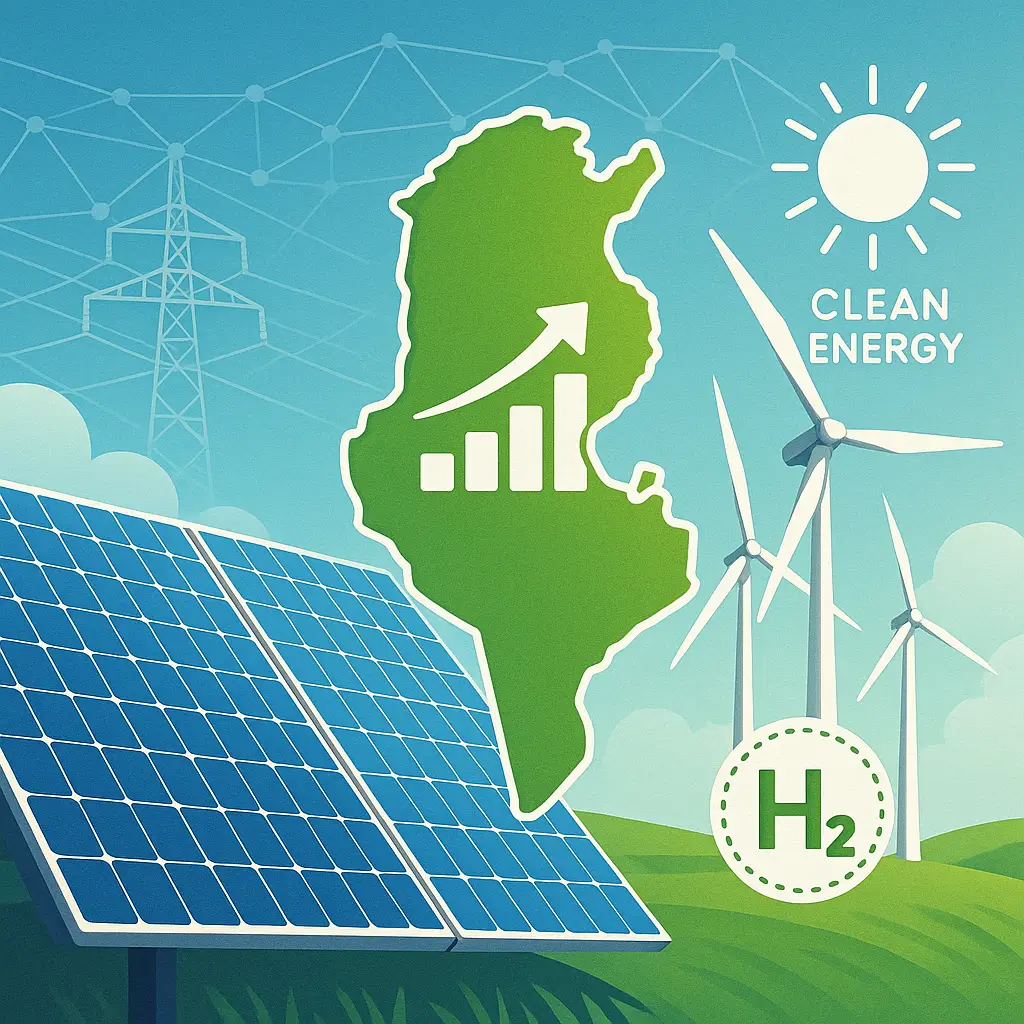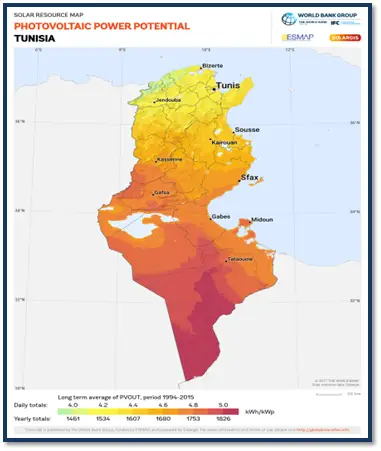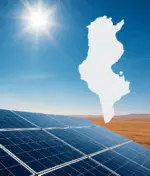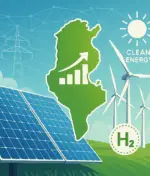No products in the cart.

Solar Energy Potential in Tunisia: A Bright Future Ahead
On average, Tunisia receives more than 3,000 hours of sunlight per year, with some regions experiencing higher solar exposure than others. Most areas in the southern part of the country enjoy over 3,200 full sun hours annually, with peaks reaching 3,400 hours per year in the Gulf of Gabès (southeast). In contrast, the minimum solar exposure in northern regions ranges between 2,500 and 3,000 equivalent full sun hours. Solar irradiation varies from 1,800 kilowatt-hours (kWh) per square meter per year in the north to 2,600 kWh/m²/year in the south.
The average global horizontal irradiation ranges from 4.2 kWh/m²/day in northwestern Tunisia to 5.8 kWh/m²/day in the far south. With these favorable conditions, the productivity of photovoltaic solar systems in Tunisia is very high. According to the Global Atlas of the International Renewable Energy Agency (IRENA), the annual electricity production from photovoltaic systems varies between 1,450 kWh per kilowatt-peak (kWp) in the northwest region and 1,830 kWh/kWp in the extreme southeast.
Tunisia benefits from a significant amount of sunshine, exceeding 3,000 hours annually. The regional distribution of sunlight hours is illustrated on the map below:
The Direct Normal Irradiance (DNI) is at least 2,000 kWh/m²/year, providing a viable energy yield. Solar direct irradiation in the south and most of the central region exceeds this typical DNI value, reaching up to 2,300 kWh/m²/year.

Clean Energy Climat et énergie Climate and Energy Énergie solaire Énergies renouvelables Energy Transition Green Tunisia Irradiation solaire Photovoltaic Photovoltaïque Potentiel solaire Tunisie Production d’électricité solaire Renewable Energy Solar Energy Solar Irradiation Solar Potential Tunisia Solar Power Production Transition énergétique Tunisie verte إنتاج الطاقة الشمسية الإشعاع الشمسي الإمكانات الشمسية في تونس التحول الطاقي الطاقة الشمسية الطاقة الكهروضوئية الطاقة المتجددة المناخ والطاقة تونس الخضراء



